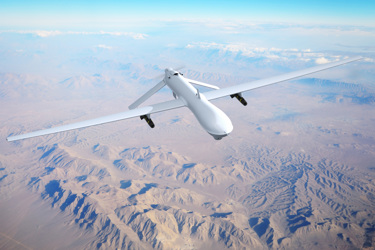Advanced MMICs Aid In Reducing Size, Power In Phased Array Radar Systems

Phased array radar systems are important instruments in national electronic defense strategies. From the large, ship-based systems that scan for distantly launched missiles to the more compact arrays installed on fighter aircraft and unmanned aerial vehicles (UAVs), electronic phased array radars come in many sizes and forms, providing reliable signal detection and identification. These modern systems offer many advantages over earlier radar systems that relied on the physical movement of an antenna to steer a radar beam in search of a target. This earlier method is certainly proven and reliable, having been used in military platforms and commercial aviation for over 70 years, but it is limited in scan rate by the mechanical motion of the antenna. In contrast, a phased array radar system uses many equally-spaced antenna elements with phase shifters, with each element contributing a small amount of electromagnetic (EM) radiation to form a much larger beam. As the phase of each antenna element is shifted and aligned, the direction of the radar beam changes and, as the amplitude of each element is varied, the pattern of the far-field response is shaped into the desired response. Thus, the overall radar antenna beam can be steered without need of a mechanically rotated antenna. Beam forming, which can now be performed by means of analog or digital control, can take place at extremely high speeds, limited only by the switching speed of electronic components.
Get unlimited access to:
Enter your credentials below to log in. Not yet a member of Wireless Design Online? Subscribe today.
